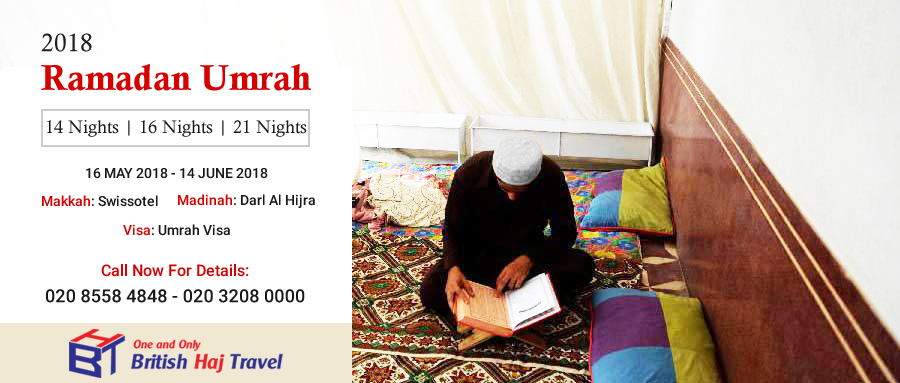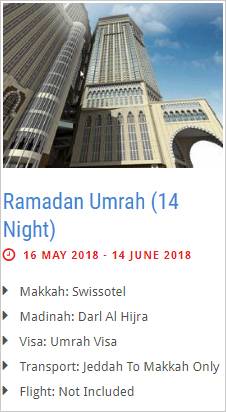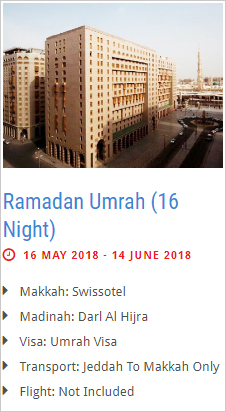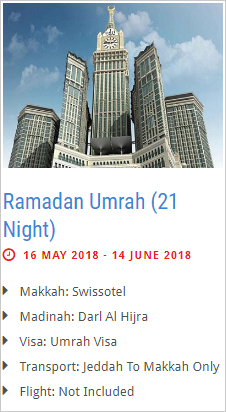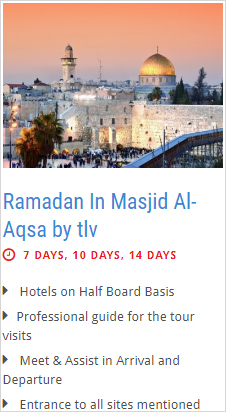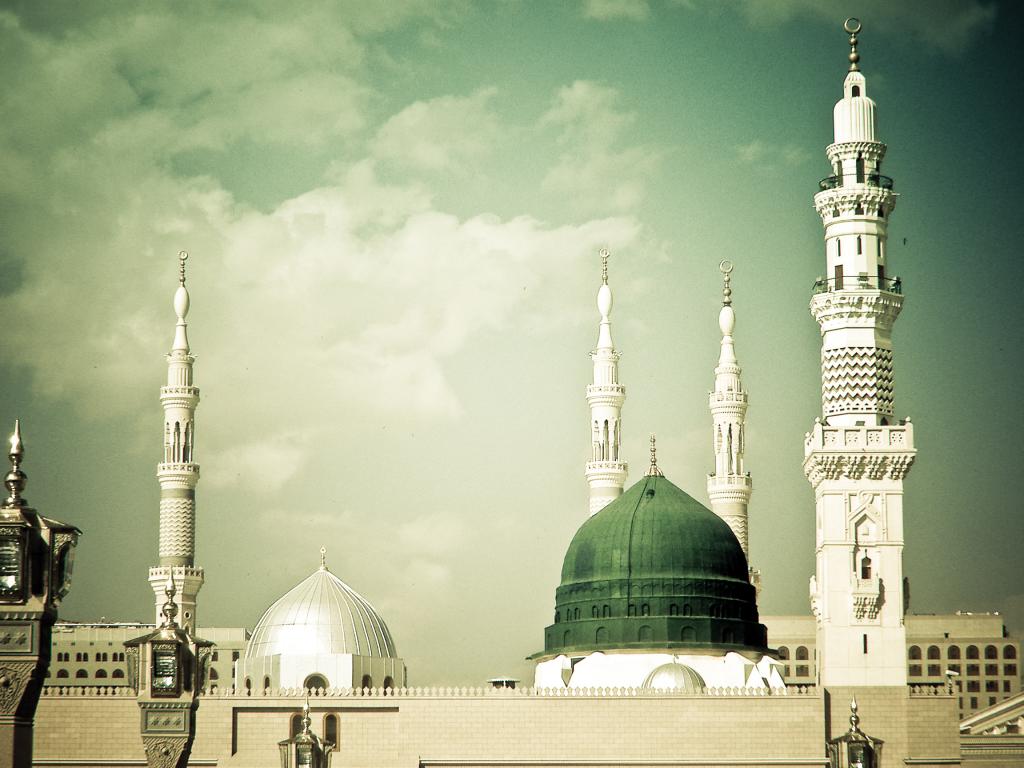Ramadan, the Muslim month of fasting, is drawing to a close. The last 10 days or Third Ashra are considered the holiest, and the focal point is the holiest of the cities, Mecca – from where Ramadan evening and dawn prayers are broadcast on a live feed around the Muslim world.
Every Ramadan Mecca and the Grand Mosque, which lies is at its center, look different: bigger, brighter, shinier. The Kaaba, the small shrouded building at the center of the mosque, which could once be seen from any of the hills around it, is now obscured. The city has been a large construction site over the past 20 years, and the results are beginning to show. At night, all lit up and crowded with apartments and hotels, Mecca now looks like a Saudi interpretation of Gotham or even Las Vegas. A large, Big Ben-like clock tower looms over the center, and shopping malls and high-rise blocks are being built in a circle around the pilgrimage zone.
In order to make way for these new developments, historic sites – such as the prophet’s house and his wife’s houses – have been razed. “The Saudis have spoiled Mecca” is now a popular view, and ancient structures – most recently the oldest columns in the Mecca and Medina mosques – have been compromised to make way for accelerated construction.
But it’s not fair to rush to judgment or to label the Saudis as simple philistines. Mecca is a living city. Although according to scripture, it has a history that stretches back to Abraham, its infrastructure was never lavish. Not through any particular sense of the sanctity of place: Saudi Arabia itself, and the entire Gulf region had neither the centralized government nor the assets needed to overhaul sites of religious significance before the 20th-century oil boom.
In the days before modern travel, mere thousands trickled through this tiny city. But Mecca now hosts up to 3 million visitors a year. Accommodating such a large number today is a huge logistical challenge. And these are not visitors who come for a few hours – to take a selfie, buy a rosary, say a prayer and then leave. They are pilgrims who stay for days, and who need to be fed, housed, washed and transported safely and speedily in and out of the city. Luxury flats and malls might be surplus to those requirements, but how could commercialism not creep in when the potential market is so huge?
Permeating the official attitude towards the expansion is a characteristically Saudi hardline religious view, which frowns upon the memorialization of prophets and the sites associated with them. But what we’re seeing isn’t really a case of ideologically driven destruction. The main considerations are practical, and there are Saudi architects and organizations that are campaigning to mitigate the effects of the city’s expansion. This is emphatically not a case of the Afghan Taliban blowing up world heritage sites to make a religious point.
The roots of concern over what is happening in Mecca at the moment are partly romantic. Today’s city is not the one Muslims learn about in dramatic desert tales of the religion’s inception. Some of the complaints are prompted by snobbery and disdain for the Saudi and Gulf aesthetic, which favors the bold and the garish over the understated and unobtrusive – as seen most obviously in Dubai. But it is also about failing to understand how the difference in cultural attitudes and needs plays out. The listed-buildings protocol in the UK, for example, is a product of a whole infrastructure of preservation and took many decades to develop. Much of it relates to religious buildings since those make up a great deal of this country’s built heritage. And, in contrast to Mecca, the demands on these buildings have diminished over the years.
While Mecca is a site of great historical religious significance, it cannot be preserved in the familiar sense, as its history has not ended. You might not appreciate what it looks like – but it matches the tastes and requirements of the present, as every place of pilgrimage has done in its heyday. Who can say that in 2,000 years the Mecca clocktower that people deem so ghastly will not be treated with as much reverence as the palaces of the Vatican is today?
Umrah Packages | Hajj Packages | Ramadan Umrah Packages | December Umrah Packages
Article source The Guardian
